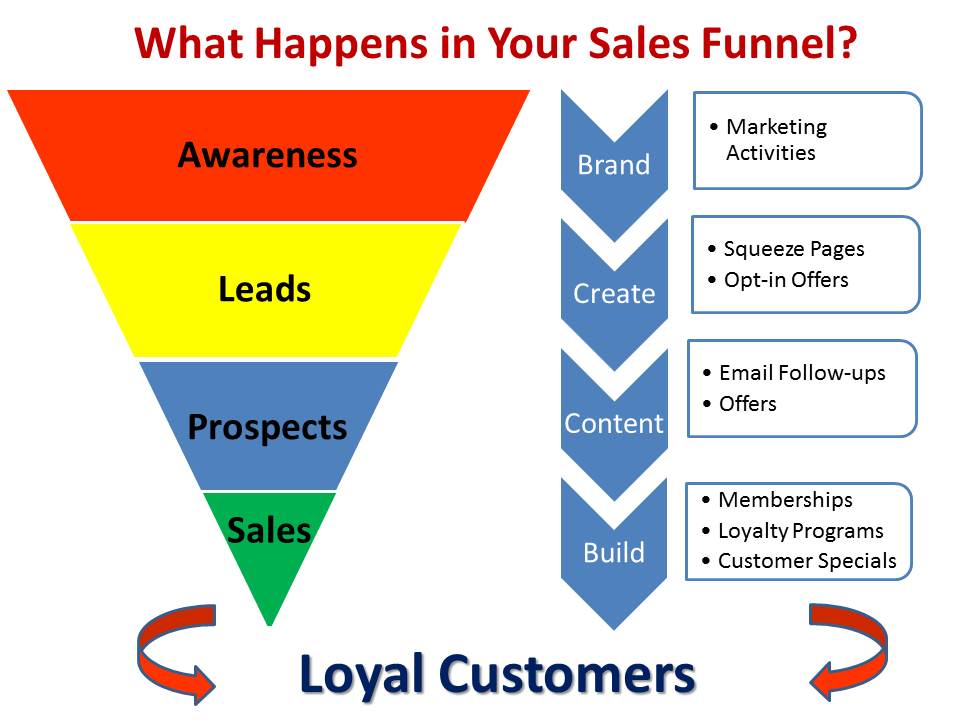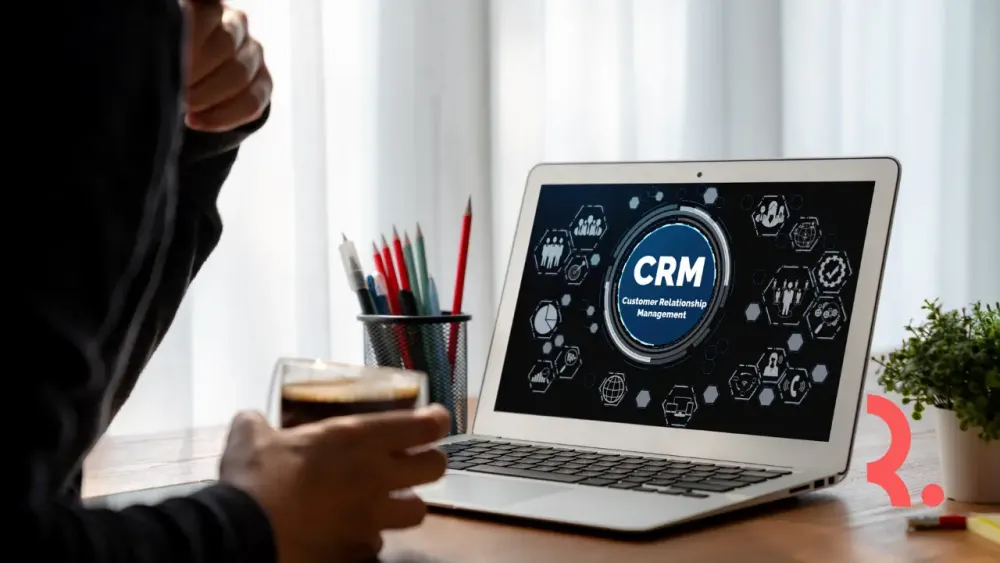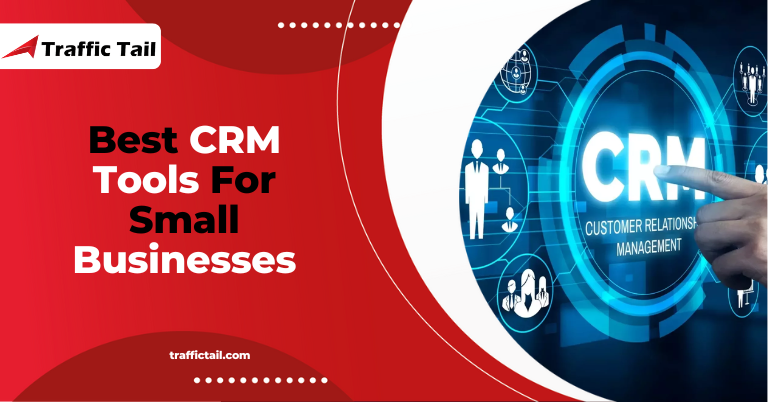
Mastering the CRM Marketing Funnel: A Comprehensive Guide to Setup and Optimization
In today’s dynamic business landscape, understanding and effectively utilizing a Customer Relationship Management (CRM) system is no longer a luxury—it’s a necessity. But simply having a CRM isn’t enough. You need to build a robust CRM marketing funnel. This guide will take you through the essential steps of setting up, optimizing, and leveraging your CRM to transform leads into loyal customers. We’ll cover everything from the initial setup to advanced strategies, ensuring you have the knowledge to drive significant growth for your business.
What is a CRM Marketing Funnel?
Before we dive into the setup, let’s clarify what a CRM marketing funnel actually is. It’s a strategic process that guides potential customers through various stages, from initial awareness to becoming a paying customer and, ultimately, a loyal advocate for your brand. A CRM system is the engine that powers this funnel, allowing you to track, manage, and nurture leads at each stage.
Think of it like this: A marketing funnel is like a sales process, but it’s powered by data. The CRM serves as the central hub where all customer interactions are stored, analyzed, and used to inform marketing efforts. This integration is crucial for personalized communication, targeted campaigns, and ultimately, higher conversion rates.
The Core Stages of a CRM Marketing Funnel
The marketing funnel typically consists of several stages, each representing a different level of customer engagement. Understanding these stages is fundamental to building an effective CRM strategy.
- Awareness: This is the top of the funnel, where potential customers first become aware of your brand and offerings. This could be through social media, search engine results, advertising, or word-of-mouth.
- Interest: Once aware, potential customers begin to show interest. They might visit your website, download a resource, or engage with your content.
- Decision: At this stage, prospects are evaluating your products or services and comparing them to competitors. They are actively considering making a purchase.
- Action: This is the point of conversion, where prospects become customers by making a purchase or signing up for a service.
- Retention/Advocacy: After the sale, the focus shifts to retaining customers and turning them into brand advocates. This involves providing excellent customer service, building relationships, and encouraging repeat purchases.
Setting Up Your CRM Marketing Funnel: A Step-by-Step Guide
Now, let’s get down to the practicalities of setting up your CRM marketing funnel. This process involves several key steps, from choosing the right CRM to automating your marketing campaigns.
1. Choose the Right CRM System
The foundation of your CRM marketing funnel is the CRM system itself. There are numerous options available, each with its own strengths and weaknesses. The best choice for you will depend on the size of your business, your budget, and your specific needs.
Here are some of the most popular CRM systems:
- Salesforce: A comprehensive and highly customizable CRM, ideal for large enterprises.
- HubSpot CRM: A user-friendly and free CRM with powerful marketing and sales features, suitable for small to medium-sized businesses.
- Zoho CRM: A versatile and affordable CRM with a wide range of features, catering to businesses of all sizes.
- Pipedrive: A sales-focused CRM that’s great for managing the sales pipeline.
- Microsoft Dynamics 365: An integrated CRM and ERP solution that’s ideal for businesses using the Microsoft ecosystem.
When choosing a CRM, consider the following factors:
- Ease of use: The system should be intuitive and easy to navigate.
- Features: Ensure it offers the features you need, such as contact management, lead tracking, email marketing integration, and sales automation.
- Scalability: The CRM should be able to grow with your business.
- Integration capabilities: It should integrate with your existing tools, such as email marketing platforms, website analytics, and social media platforms.
- Pricing: Consider the cost of the CRM and whether it fits within your budget.
2. Define Your Customer Journey
Before you start implementing your CRM, you need to define your customer journey. This involves mapping out the different stages of the sales process and identifying the touchpoints where you interact with your customers. Understanding the customer journey allows you to tailor your marketing efforts to each stage, providing the right information at the right time.
Consider these points when defining your customer journey:
- Identify your target audience: Who are your ideal customers? What are their needs, pain points, and motivations?
- Map out the stages of the customer journey: From awareness to advocacy, what are the key steps your customers take?
- Identify touchpoints: Where do you interact with your customers? This could include your website, social media, email, phone calls, and in-person interactions.
- Determine the content and messaging for each stage: What information do your customers need at each stage? What messages will resonate with them?
3. Import and Organize Your Data
Once you have chosen your CRM and defined your customer journey, it’s time to import your data. This involves importing your existing customer data, such as contact information, purchase history, and interactions, into the CRM system. Data organization is crucial for effective CRM management.
Here’s how to effectively manage your data:
- Clean your data: Remove duplicates, correct errors, and standardize your data format.
- Segment your data: Divide your customers into segments based on demographics, behavior, and purchase history.
- Create custom fields: Add custom fields to capture specific information relevant to your business.
- Tag your data: Use tags to categorize your contacts and track their activities.
4. Set Up Lead Scoring and Segmentation
Lead scoring is a method of ranking leads based on their engagement and likelihood to convert. It helps you prioritize your sales efforts and focus on the leads that are most likely to become customers. Segmentation, on the other hand, involves dividing your customers into groups based on shared characteristics.
To set up lead scoring and segmentation:
- Define lead scoring criteria: Assign points to different actions, such as website visits, email opens, and form submissions.
- Set up lead scoring rules: Automatically score leads based on their actions.
- Segment your leads: Divide your leads into groups based on their scores and other characteristics.
- Customize your messaging: Tailor your marketing messages to each segment.
5. Automate Your Marketing Campaigns
Automation is a key benefit of using a CRM. Automation allows you to streamline your marketing efforts and deliver personalized messages to your customers at the right time. Automated campaigns can nurture leads, onboard new customers, and re-engage inactive customers.
Here are some types of marketing campaigns you can automate:
- Welcome emails: Send a welcome email to new subscribers or customers.
- Lead nurturing emails: Send a series of emails to nurture leads and move them through the sales funnel.
- Abandoned cart emails: Send an email to customers who have abandoned their shopping carts.
- Post-purchase emails: Send an email after a purchase to thank the customer, provide support, and encourage repeat purchases.
- Re-engagement emails: Send an email to inactive customers to re-engage them.
6. Integrate with Other Tools
To maximize the effectiveness of your CRM, integrate it with your other marketing and sales tools. This allows you to centralize your data and streamline your workflows.
Consider integrating your CRM with:
- Email marketing platforms: Integrate your CRM with your email marketing platform to send targeted email campaigns and track results.
- Social media platforms: Integrate your CRM with your social media platforms to track social media engagement and manage your social media presence.
- Website analytics: Integrate your CRM with your website analytics to track website traffic and user behavior.
- Sales tools: Integrate your CRM with your sales tools to track sales activities and manage your sales pipeline.
7. Track and Analyze Your Results
Regularly track and analyze your results to understand what’s working and what’s not. This allows you to optimize your CRM marketing funnel and improve your conversion rates. Reporting is essential for continuous improvement.
Here are some key metrics to track:
- Conversion rates: Track the percentage of leads that convert into customers.
- Customer acquisition cost (CAC): Track the cost of acquiring a new customer.
- Customer lifetime value (CLTV): Track the total revenue generated by a customer over their lifetime.
- Website traffic: Track the traffic to your website and the engagement of your visitors.
- Email open and click-through rates: Track the performance of your email campaigns.
- Sales cycle length: Track the average time it takes to close a deal.
Advanced Strategies for CRM Marketing Funnel Optimization
Once you’ve set up the basics, you can move on to more advanced strategies to further optimize your CRM marketing funnel. Here are some ideas to take your efforts to the next level.
Personalization
Personalization is a powerful tool for engaging customers and driving conversions. By using your CRM data, you can personalize your marketing messages, website content, and offers to match individual customer preferences and behaviors. This includes:
- Personalized email campaigns: Use customer data to personalize your email subject lines, content, and calls to action.
- Dynamic website content: Display different content on your website based on a visitor’s past behavior or demographics.
- Personalized product recommendations: Recommend products to customers based on their purchase history or browsing behavior.
Behavioral Targeting
Behavioral targeting involves targeting customers based on their online behavior. This allows you to deliver more relevant and timely messages. This includes:
- Website retargeting: Show ads to visitors who have previously visited your website.
- Email retargeting: Send emails to customers who have abandoned their shopping carts or browsed specific products.
- In-app messaging: Send targeted messages to customers within your mobile app.
Lead Scoring Refinement
Continuously refine your lead scoring model to improve its accuracy and effectiveness. This involves analyzing your conversion data and adjusting your lead scoring criteria based on your findings. This includes:
- A/B testing: Test different lead scoring criteria to see which ones perform best.
- Analyzing conversion data: Identify the characteristics of your best customers and adjust your lead scoring criteria accordingly.
- Adding new lead scoring criteria: Add new criteria based on your latest marketing insights.
Customer Segmentation Refinement
Continuously refine your customer segmentation to improve the targeting of your marketing campaigns. This involves analyzing your customer data and creating new segments based on your findings. This includes:
- Analyzing customer behavior: Identify patterns in customer behavior and create new segments based on these patterns.
- Creating micro-segments: Create highly specific segments based on multiple criteria.
- Testing different segments: Test different segments to see which ones perform best.
Cross-selling and Upselling
Use your CRM to identify opportunities for cross-selling and upselling. This involves recommending additional products or services to existing customers based on their purchase history or browsing behavior. This includes:
- Automated product recommendations: Recommend products to customers based on their purchase history or browsing behavior.
- Targeted email campaigns: Send emails to customers with offers for related products or services.
- Personalized website content: Display personalized product recommendations on your website.
Feedback and Surveys
Gather customer feedback to improve your products, services, and overall customer experience. This involves using your CRM to send surveys and collect feedback from your customers. This includes:
- Post-purchase surveys: Send surveys to customers after they make a purchase to gather feedback on their experience.
- Customer satisfaction surveys: Regularly survey your customers to measure their satisfaction.
- Net Promoter Score (NPS) surveys: Measure your customers’ willingness to recommend your brand.
Common Challenges and How to Overcome Them
Setting up and optimizing a CRM marketing funnel can be challenging. Here are some common challenges and how to overcome them.
Data Quality Issues
Poor data quality can undermine the effectiveness of your CRM marketing funnel. To overcome data quality issues:
- Implement data cleansing procedures: Regularly clean and update your data.
- Use data validation: Use data validation to prevent errors from entering your system.
- Train your team: Train your team on data entry best practices.
Lack of Integration
If your CRM doesn’t integrate with your other tools, you’ll miss out on valuable data and insights. To address integration challenges:
- Choose a CRM with strong integration capabilities: Select a CRM that integrates with your existing tools.
- Use integration platforms: Use integration platforms like Zapier or Integromat to connect your CRM with other tools.
- Prioritize key integrations: Focus on integrating the tools that are most critical to your marketing and sales efforts.
Resistance to Change
Implementing a new CRM or changing existing processes can be met with resistance from your team. To overcome resistance to change:
- Communicate the benefits: Clearly communicate the benefits of the CRM and the new processes.
- Provide training and support: Provide comprehensive training and ongoing support to your team.
- Involve your team: Involve your team in the implementation process.
Lack of Executive Support
Without executive support, it can be difficult to secure the resources and budget needed to implement and optimize your CRM marketing funnel. To gain executive support:
- Demonstrate the value: Demonstrate the value of the CRM and the potential return on investment.
- Present a clear plan: Present a clear plan for implementation and optimization.
- Track and report on results: Track and report on the results of your CRM efforts.
The Future of CRM Marketing Funnels
The landscape of CRM marketing is constantly evolving. Staying ahead of the curve requires embracing new technologies and strategies. Here are some trends to watch:
Artificial Intelligence (AI)
AI is transforming CRM marketing by automating tasks, providing insights, and personalizing customer experiences. AI-powered chatbots can provide instant customer support, while AI-driven analytics can predict customer behavior and identify opportunities for optimization.
Machine Learning (ML)
Machine learning algorithms can analyze vast amounts of data to identify patterns and insights that can be used to improve your marketing efforts. ML can be used to personalize content, predict customer churn, and optimize your lead scoring models.
Hyper-Personalization
Hyper-personalization takes personalization to the next level by tailoring your marketing messages and offers to individual customer preferences and behaviors. This requires using data from multiple sources, including your CRM, website analytics, and social media platforms.
Omnichannel Marketing
Omnichannel marketing involves delivering a consistent customer experience across all channels, including email, social media, website, and in-person interactions. This requires integrating your CRM with all of your marketing channels and providing a seamless customer journey.
Voice Search Optimization
With the rise of voice search, it’s important to optimize your content for voice search. This involves using long-tail keywords, answering customer questions directly, and optimizing your website for mobile devices.
Conclusion: Building a Successful CRM Marketing Funnel
Setting up and optimizing a CRM marketing funnel is an ongoing process that requires careful planning, implementation, and continuous improvement. By following the steps outlined in this guide and staying up-to-date on the latest trends, you can build a powerful CRM marketing funnel that drives significant growth for your business. Remember that the most effective CRM marketing funnels are those that are tailored to your specific business goals, customer needs, and target audience. Consistent effort and a data-driven approach are key to long-term success.
Embrace the power of your CRM, utilize data effectively, and be prepared to adapt and evolve your strategies. The rewards – increased customer loyalty, improved conversion rates, and ultimately, business growth – are well worth the investment.


